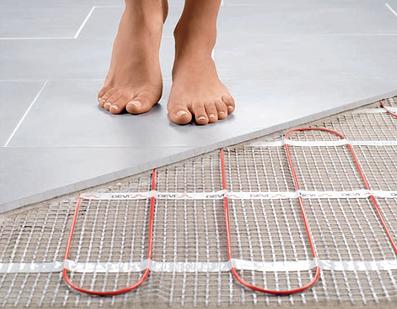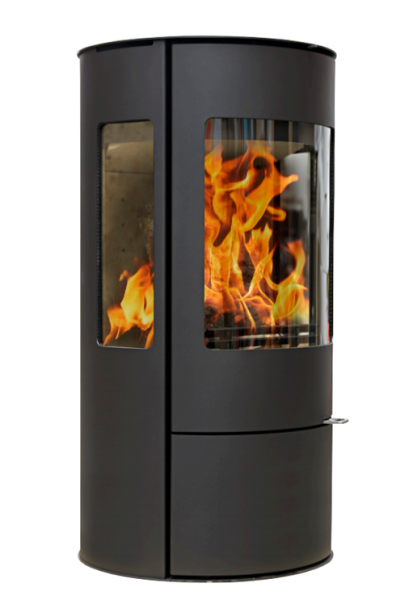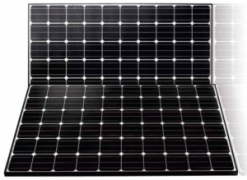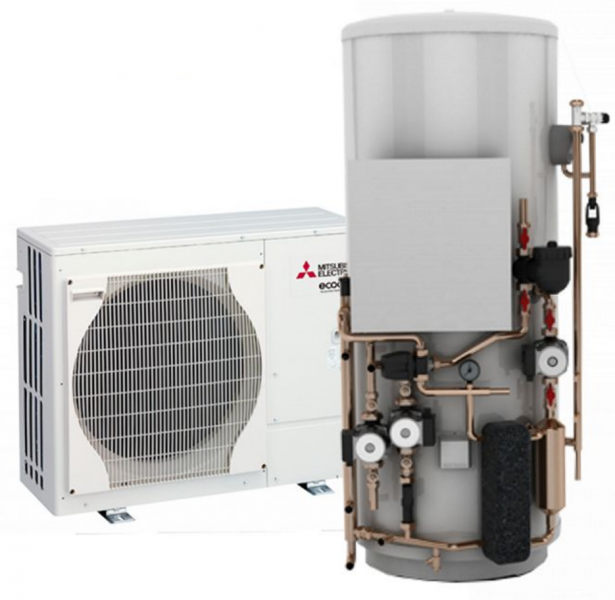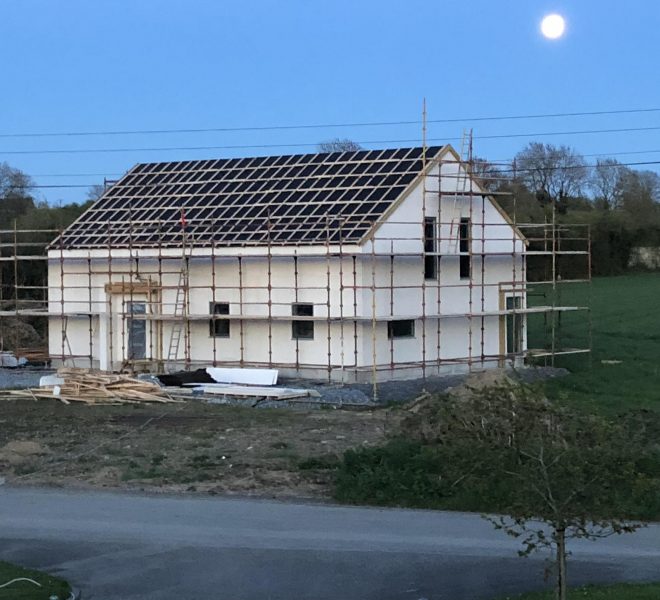SHOWHOUSE
Our show house viewings and presentations are available every Wednesday at 3pm. No need to book.
Extra show house viewing and presentation:
Sat, May 25th 2024 at 12pm
The heating requirements of our passive houses:
This depends on a couple of things. The design of course, the orientation of windows, the number of floors but most importantly the overall size of the house and the number of occupants living there.
Because passive houses are so efficient, people themselves contribute significantly to heating the building though body heat, (roughly 100W per person) as well as their activities such as cooking, showering, running appliances, lighting and so on. The size and number of windows also play a big role in both losing heat and letting energy in through solar gains. This means that the heating bill for one of our houses is not fixed and varies depending on conditions.
When a family lives in one of our smaller Atlanticas they sometimes never turn on the heating at all, all year around. Conversely if a couple or single person lives in one of our larger houses, they will need to have some source of heating for the winter months.
In general most of our passive houses need no space heating for 8-10 months of the year to maintain a comfortable indoor temperature of 20°C all year around. Read about this on our energy performance page here
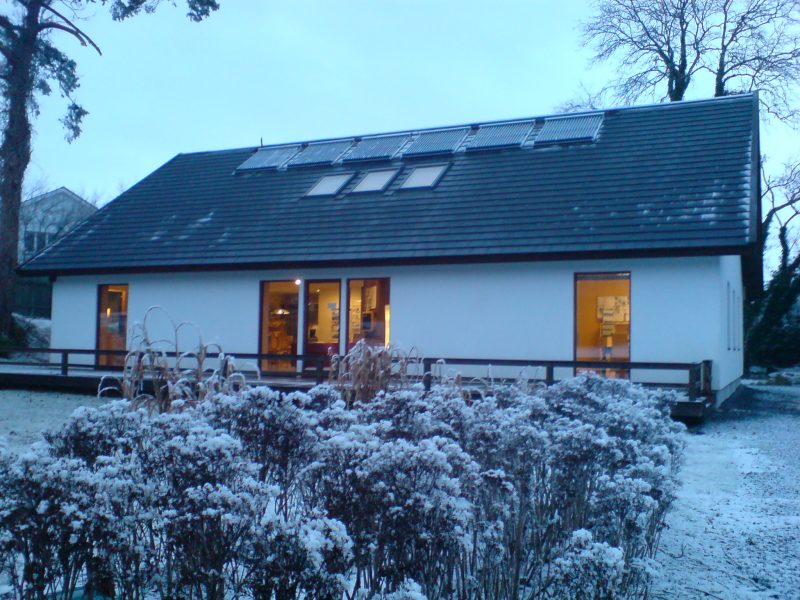
Our heating solutions:
For those few months a year where most of our houses do need a little spacing heating there are a few heating options. This depends on the size of the house and customer preferences.
